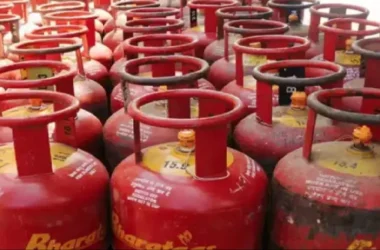
The recent display of camaraderie between West Bengal Chief Minister Mamata Banerjee and Congress leader Rahul Gandhi at the Opposition parties’ Bengaluru conclave has sent ripples through the political landscape, leaving the Bengal unit of Congress and its ally, the Communist Party of India (Marxist) or CPI(M), in a quandary.
The Bengaluru conclave witnessed the Congress top brass, including party president Mallikarjun Kharge and Sonia Gandhi, alongside Rahul Gandhi, warmly interacting with Mamata Banerjee, the supremo of Trinamool Congress (TMC). While this show of unity may have strengthened the opposition front on a national level, it has left the state Congress and CPI(M) allies in an awkward position.
Merely days before the Bengaluru conclave, West Bengal experienced widespread violence and chaos during the panchayat polls, resulting in over 50 deaths. The Congress and CPI(M), in conjunction with the state’s principal opposition, the Bharatiya Janata Party (BJP), vehemently criticized the TMC government, accusing it of “unleashing a reign of terror.”
Despite the TMC emerging victorious in the rural polls, the results indicated a noteworthy show of support for the alliance comprising the Congress, CPI(M)-led Left, and the Indian Secular Front (ISF). A section of minority voters, who wield significant influence in several constituencies across the state, extended their support to this opposition alliance, bolstering their fight against the ruling party. Observers speculate that Mamata Banerjee’s efforts to align with Congress may be a strategic move to counteract any perceived erosion of the TMC’s minority vote base.
The Opposition front’s show of unity, witnessed at the Bengaluru conclave, holds significant implications for the political landscape in Bengal. However, the alliance’s bonhomie has posed certain challenges for the Bengal unit of the Congress and its longstanding ally, the CPI(M). The recent panchayat poll violence highlighted the intense animosity between the TMC and opposition parties, and the TMC’s remarkable success in the rural polls has made the political dynamics even more complex.
As the TMC seeks to solidify its minority voter base by collaborating with Congress, the state’s Congress leaders and CPI(M) allies must navigate delicate political waters. While Mamata Banerjee’s move may be aimed at bolstering the opposition front at the national level, it has sparked debates and discussions within the Bengal Congress and CPI(M) about their future course of action.
The Bengal Congress and CPI(M) are now grappling with the challenge of reconciling their anti-TMC stance with the growing alignment between Mamata Banerjee and the Congress leadership. It remains to be seen how the alliance dynamics will unfold in the state, especially in the context of future elections and potential collaborations.
Moreover, the TMC’s overwhelming success in the rural polls has given them a significant advantage in the state, making it essential for the opposition parties to work cohesively to present a formidable challenge in upcoming elections. As they weigh the benefits and drawbacks of aligning with the TMC, the Bengal Congress and CPI(M) must also address the concerns of their grassroots supporters who are deeply critical of the TMC’s policies and governance.
While the Bengal unit of Congress and CPI(M) navigates the intricacies of opposition politics, the focus remains on consolidating opposition unity to present a robust challenge to the TMC in future electoral battles. The Bengaluru conclave has undoubtedly infused momentum into the opposition front, but overcoming the hurdles and maintaining cohesion will be crucial for its success in Bengal and beyond. As political equations continue to evolve, observers keenly await the next steps of the opposition alliance in the state and how it will shape the political landscape in the coming days.










